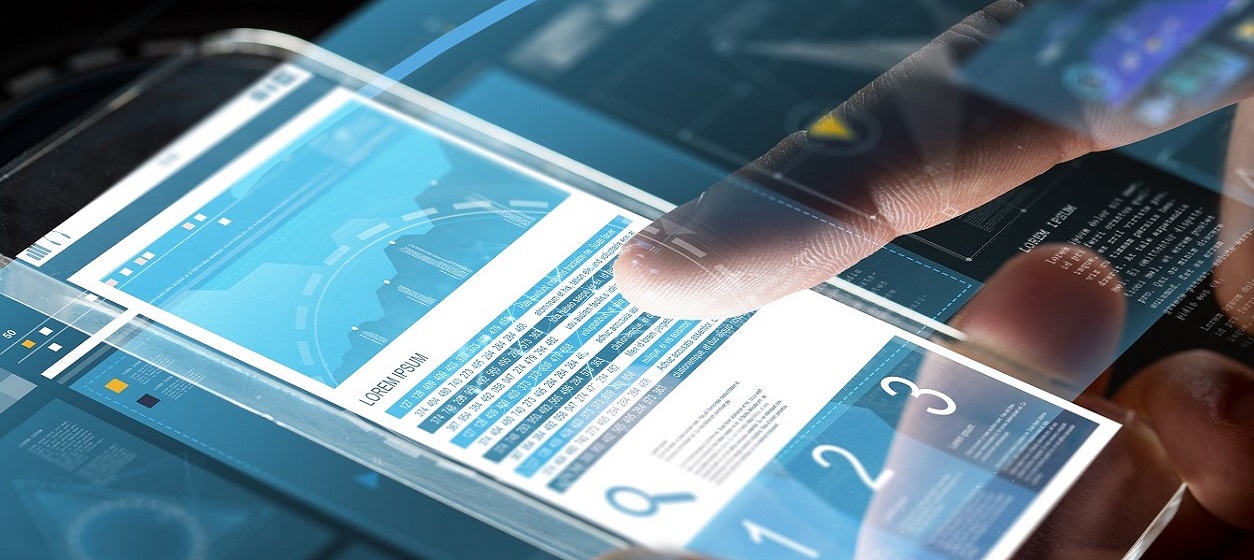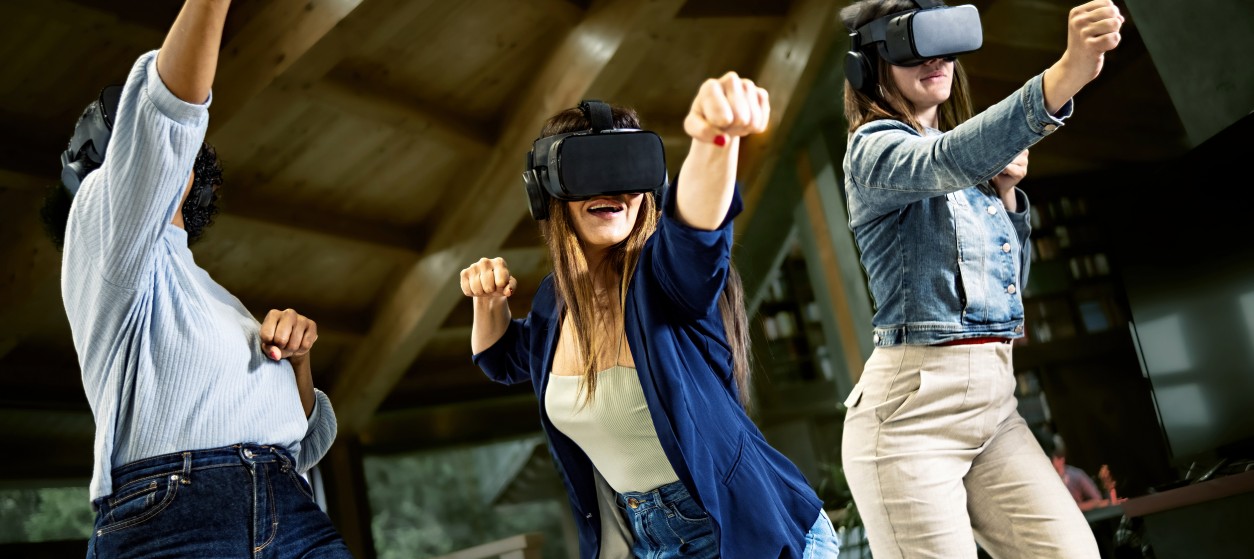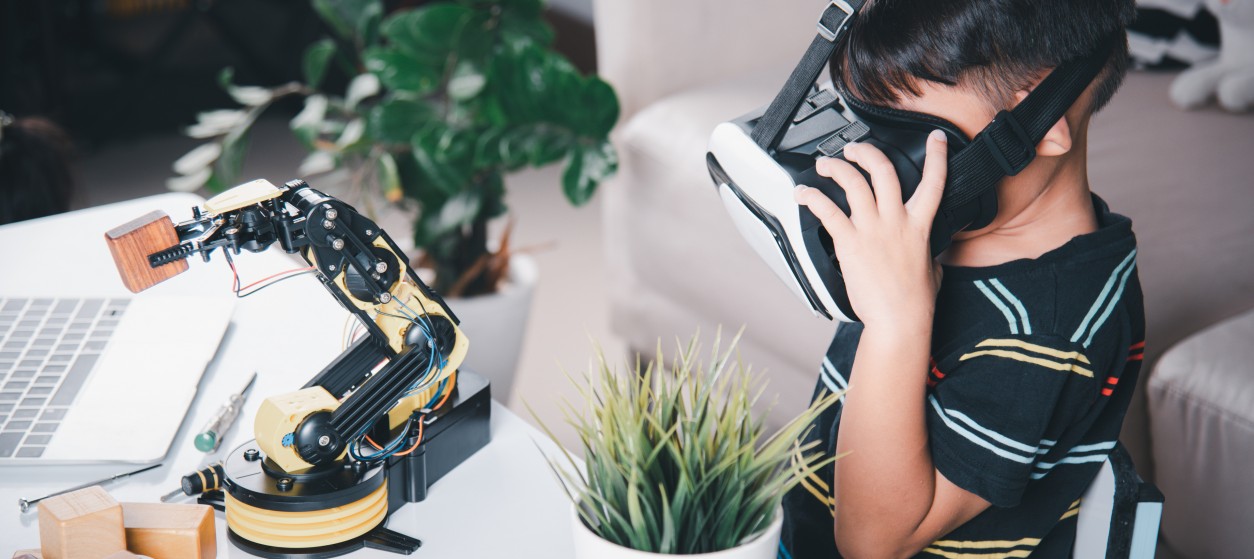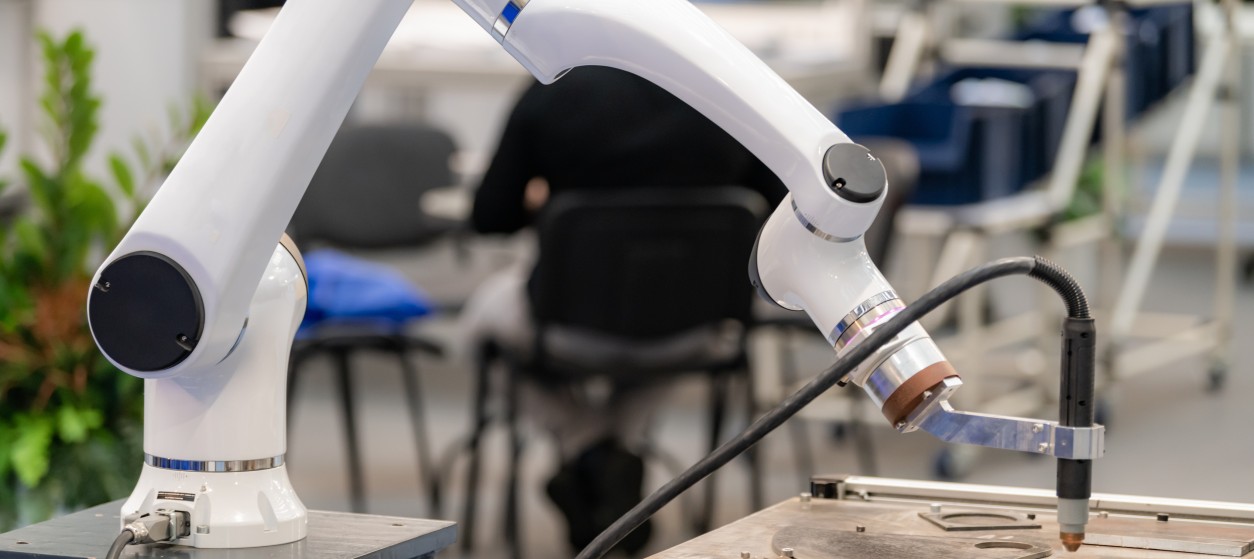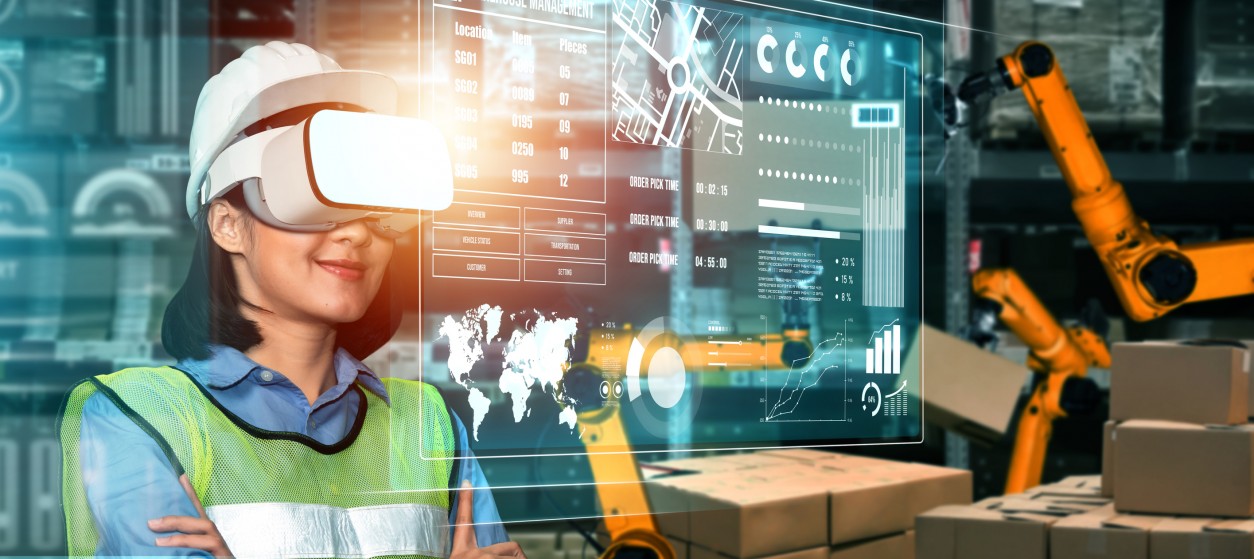Augmented Reality is without a doubt one of the most prominent enabling technologies of the digital era. This is evident from the market reports as well as from the trends followed by major IT Service Providers who have placed AR in the foreground of their technology initiatives. For example, AR has been one of the main themes of the 2017 Facebook Developers conference, while Apple and Google have recently launched AR toolkits as a core part of their platforms.
Surprisingly AR is not a recently developed technology. Rather it has been around for over five decades. Back in the 60s the first AR like headsets appeared and were used to superimpose technical information over drawings as part of wireframes. Several decades later, the first web-based and mobile AR applications emerged, leading to killer apps such as the very popular Pokémon Go. The recent surge of interest in AR is largely due to the technological developments, which have improved the accuracy of AR technology, has provided access to more data for AR visualizations and reduced the cost of AR devices such as smart glasses and tablets.
Understanding Augmented Reality Mechanics
In principle, AR involves the integration of physical world objects and digital items in cyber representations, which are the visualized in an AR-enabled device such as a Head Mounted Display (HMD). Hence, AR applications place virtual (digital) objects in the physical world aiming at creating exceptional experiences for end users. In particular, based on the superimposition of virtual images over real-world objects, AR applications create illusions that engage users in the virtual world. To this end, AR systems execute an overlay of virtual objects in conjunction with input received from a camera or other input devices (e.g., smart glasses).
Key to the operation of AR systems is the tracking of real-world objects, in order to make the superimposition of smart objects as accurate and realistic as possible. In particular, visual object tracking algorithms are employed in order to localize objects with respect to their surroundings and to map the structure of the environment accordingly. This requires the development and deployment of advanced algorithms that perform localization and mapping at the same time.
In several cases, the localization process of AR application is based on technologies and devices like GPS, digital compasses, and accelerometers. The devices provide continuous data about the location of the real-world objects and about the status of the AR visualization. Note that the above-listed devices are integral elements of state-of-the-art smartphones, which facilitates the implementation of popular location-aware AR applications, such as map-based guidance and other location-based services.
The close affiliation of AR with the objects’ tracking technologies draws a distinguishing line between real AR applications and simpler applications that just superimpose information and virtual objects without accurate tracking. Due to the hype surrounding AR, simple apps that provide virtual instructions over cyber-representations of real-world objects are characterized as augmented reality applications even though there are not.
Augmented Reality Browsers and Devices
AR systems include client applications that display the cyber-representations of real and virtual objects. The most typical example of such an application is an AR browser, which augments a conventional camera display with contextual data about the location and state of the various objects. Likewise, there are also 3D viewers, which display 3D models of the users’ surrounding environment.
Client applications are placed in different types of devices, the most popular ones being smart glasses and mainstream tablets or smartphones. The selection of a proper device is very important for the successful deployment of an AR application. Tablets and smartphones offer many advantages as they are quite cheap and ubiquitous i.e. every user is nowadays carrying a phone or tablet. Therefore, the use of AR applications in a tablet or smartphone entails a faster learning curve, when compared to other options where end-users have to become acquainted with the operation of an entirely new device type. Nevertheless, the use of smart glasses is in several cases advantageous over smartphones or tablets. As a prominent example, smart glasses are preferred in all applications where end-users have to perform tasks using both of their hands i.e. in cases where the hands-free operation of the AR application is essential. For instance, in several maintenance and repair applications, end-users take advantage of AR in order to view field instructions on a cyber-representation while using their hands to repair a machine or device. In such applications, the use of smart glasses is much more effective than the use of tablets or smartphones. On the downside, smart glasses remain much more expensive than tablets, despite their falling prices. Moreover, end-users have to invest in learning how to use and fully leverage smart glasses or HMD interfaces.
Read More: Industry 4.0: The Rise of Autonomous Industrial Plants
Augmented Reality Applications
There are already many AR applications, while more are being developed and deployed every day. The following list presents some of the main sectors where AR is used, along with the relevant value proposition of AR technology:
- Field Service Engineering: As already outlined, displaying AR instructions over a machine that should be maintained or repaired, obviates the need for consulting paper manuals. This increases the productivity of the maintenance worker and accelerates the completion of the repair task. Note that AR instructions can be either pre-stored in a database or even given dynamically (i.e. in real-time) by an expert from a remote location.
- Healthcare 4.0: The next generation of healthcare applications are expected to deploy AR modalities towards supporting health professionals in their tasks. In particular, AR will be used to enable them to operate medical devices or receive remote support during diagnostic or surgical tasks.
- E-Commerce: AR applications have gradually become a perfect feature of e-commerce systems. In particular, they enable the virtual placement of the goods to be purchased (e.g., devices, furniture) in the real environment (e.g., the room where they are destined to be placed). This will greatly facilitate e-commerce buying decisions, through lowering uncertainty about the utility and appeal of the items that shoppers consider to purchase.
- Education: AR interfaces are an excellent choice for education applications, as they provide students with access to ergonomic cyber-presentations of real-world items and situations. The cyber representation would enable a wide range of interactive exercises that facilitate learning. Such exercises are being developed for several subjects such as history, geography, physics and more.
- Gaming: The popular Pokemon Go is just the tip of the iceberg. There are hundreds of different games which employ AR modalities as a means to improve the gamers’ engagement and overall experience. AR will not only be an integral element of popular gaming consoles rather it will serve as an element of gamification in sectors like education, Healthcare, and corporate training.
- Travel and Tourism: AR provides the means for viewing information while wandering in touristic venues and destinations such as museums and monuments. In particular, multimedia information can be virtually blended in the real environment in order to yield an ergonomic and engaging cyber-representation for the traveler.
- Architecture: With AR, architects are offered with powerful tools in order to demonstrate architectural and decoration concepts to their clients. Relevant demonstrations are realistic and directly associated with the real environment where the new concept is about to be implemented.
Read More: Augmented Reality in Future Manufacturing
The breadth of AR applications and the active investments of all major Internet platforms on them are clear indicators that AR is here to stay. It is no longer a futuristic concept, but rather an available technology that can be used as a productive user engagement tool.
